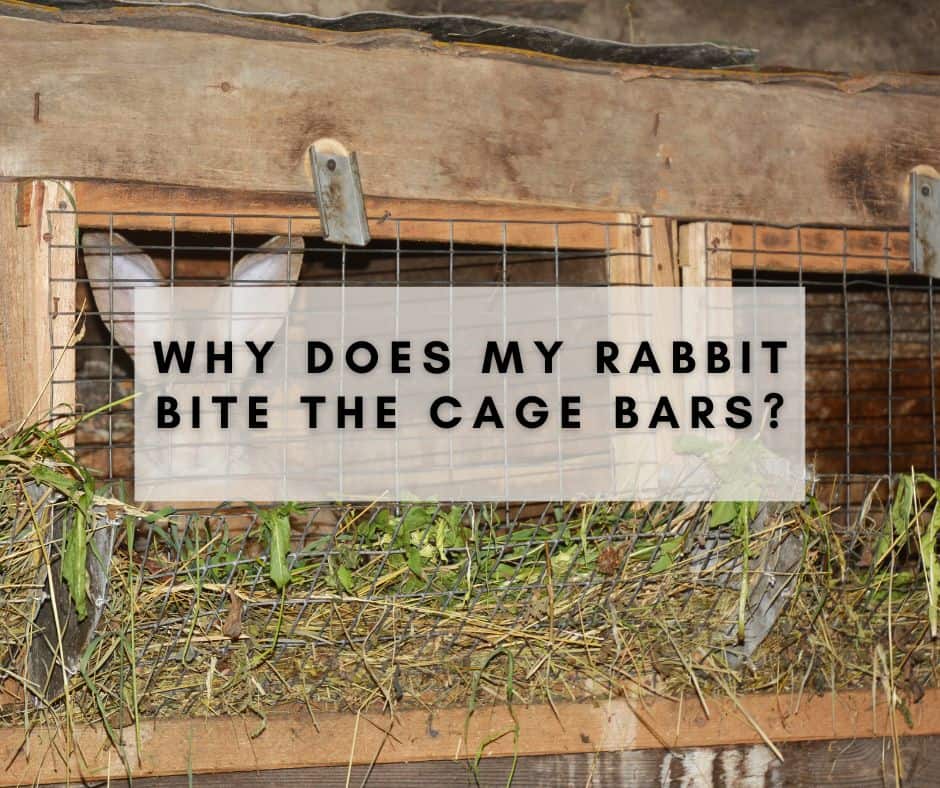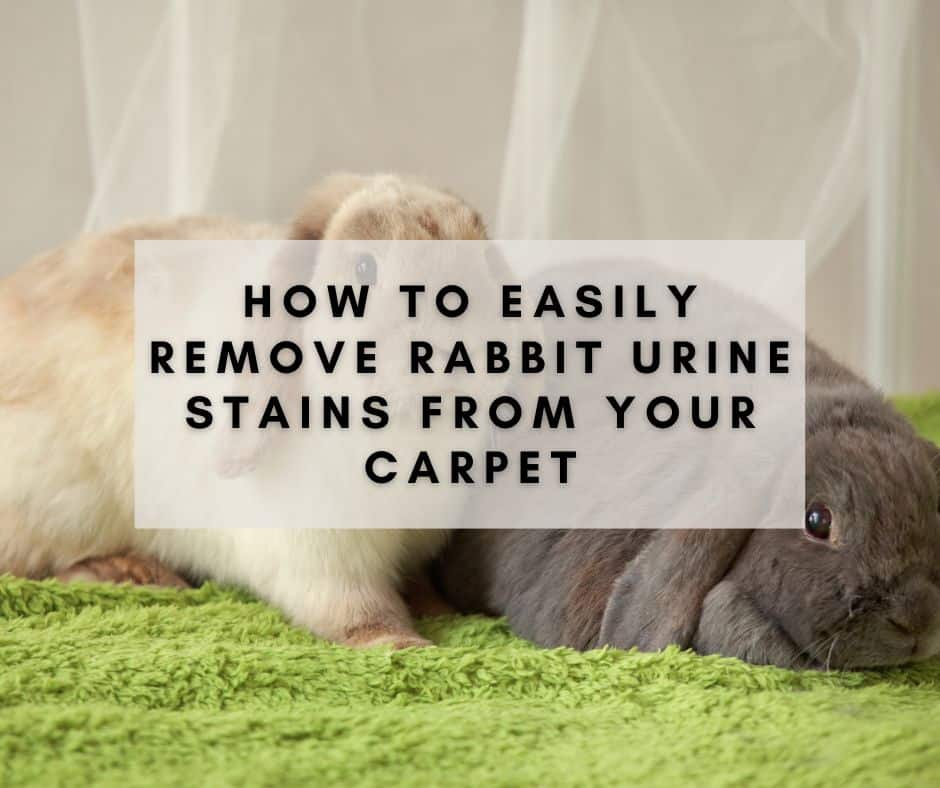Snakes can crawl over anything that will bring them to the rooftop, even trees. If you live between a tree and a ventilation pipe, your chances of encountering a snake in the toilet rise exponentially. They normally manage to get into basements, closets, tunnels, and crawl spaces. Snakes are most effective in the early mornings of spring and summer days when the sun heats the ground. Snakes retire for the evening and sleep at night. Rattlesnakes can only bite when they are coiled up.
Snakes typically approach a place for one of two cause’s food or climate. Because they are cold-blooded, they may explore a house in search of a cool or moist environment during the daytime or a warm place at night. They might even come inside while hunting for prey, such as small mammals. During the hot, dry summers, snakes can sometimes travel up through the pipes or enter a washroom through an open door or window and twist themselves in a toilet bowl in search of a spot to cool down.
Contents
How can snakes get into the toilet?
Since snakes are skilled swimmers and can retain their breath for extended periods of time, they seldom penetrate your house through the pipes.
Ventilation pipes:
Since bathroom infrastructure is typically joined by ventilation pipes on the roof, snakes can make their way through that system and, ultimately, into the bathroom.
Snakes can easily drop on the roof from nearby trees, slither into open ventilation pipes, and crawl into the toilet and any other room of the house, especially if you have trees around your house and an open ventilation pipe connected to your house that leads to the roof.
Bathroom and toilet openings:
Snakes can come at any time if you live in a house surrounded by woods or forests and your bathroom/toilet drainage runs right outdoors as an open hole.
Temperature:
Snakes have been seen to emerge from toilets. Snakes like dark, cold environments, especially when they are exposed to extremes of dryness, heat, or both. Snakes can cool down and rest in toilets since they are cold, damp, and dark. Because of the modest, comfy space that a toilet may provide, snakes have an ideal location to feel protected and secure.
Bathroom Sink Drains and Shower Drains:
Snakes can enter the home through the shower drains and bathroom sink drains in the same way they do through the toilet. Because most bathroom plumbing is interconnected and shares a ventilation system that vents through the ceiling.
Snakes are Attracted to Watering:
If you maintain your grass well hydrated, you’re more prone to attract frogs, lizards, bats, and rodents, all of which encourage snakes. In the summer, well-watered, mulched areas (such as shrub beds and vegetable gardens) provide a cool haven for snakes.
Possible reasons to prevent a snake coiling up in the toilet
One of the ultimate techniques to keep a snake out of your toilet is to make your home less tempting to them in the first place. However, some methods for preventing a snake from coiling up in the toilet are as follows:
Secured Passages:
Secure the bathroom windows and doorways, or make sure the panels are thoroughly intact so a snake can’t get in.
Protection from Rats:
With the appropriate rodent safety, you can prevent a mouse or rat outbreak in the house. Snakes will track the food path, so if you have mice or rats in the home, get rid of them as quickly as possible.
ORG Protection:
Assess that your ORG has the fitted grate and that it is not left wide open for a snake to enter.
Protected Gateways:
Maintain the locks on your garage doors and any other entrances into your home.
Toilet Lock:
To help stop toddlers from lifting the toilet lid, use a toilet lock. Some constrictor snakes can raise an unlocked toilet lid with their strong muscles.
Multi-Flap:
On the end of the pipe where it links to a toilet, a multi-flap can be attached. The multi-flap permits the flushing of waste but prevents anything from going up through the pipe and into the toilet.
Removing Bushes:
Constantly make sure that all of the shrubs around the home are thoroughly cleaned and burned to keep any rats or reptiles away from the residence.
De-clutter the yard:
Snakes, like many nuisance animals, prefer to hibernate in isolated places. Snakes will be less likely to take refuge in the yard if you remove “harborage spots” which include things like:
- Firewood piled high
- Stacks of cartons or other recyclable items
- Shrubs that have become overgrown
- Tall grasses
- Compost piles
- Stacks of leaves
Fumigation:
Always fumigate the toilet sink at least once every six months; there are insecticides particularly designed for this purpose.
Snake-proof your perimeters:
If you want to effectively keep snakes off your home, you may contemplate placing a snake-proof fence around the perimeter.
Keep pet food indoors:
If you have a dog or a cat, feed them inside and keep their food safe. Food waste left in the yard will attract insects and rats, which will invite snakes.
Conclusion:
Snakes possess split tongues that they use to sniff their environment by moving it in different ways. Snakes, being coldblooded and unable to regulate their body temperature, seek out cold environments during the hot summer months. Bathrooms are not only chilly, but they also provide darkness and moisture to pests. Underneath sinks, inside or around toilets, and in tubs are some of their preferred resting spots. Snakes are attracted to bathrooms with colonies of insects or rodents, as these are frequent food sources.
If snakes are spotted in restrooms, call a pest control company right away. Since snake bites can be fatal, people should avoid capturing or handling the snakes. Wildlife Control’s trained professionals use their knowledge and equipment to eradicate infestations.



